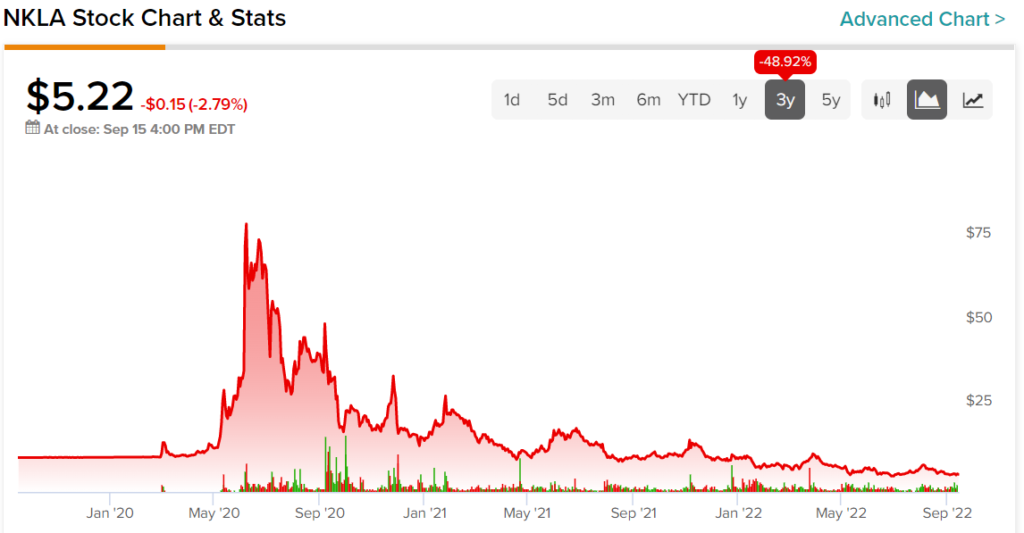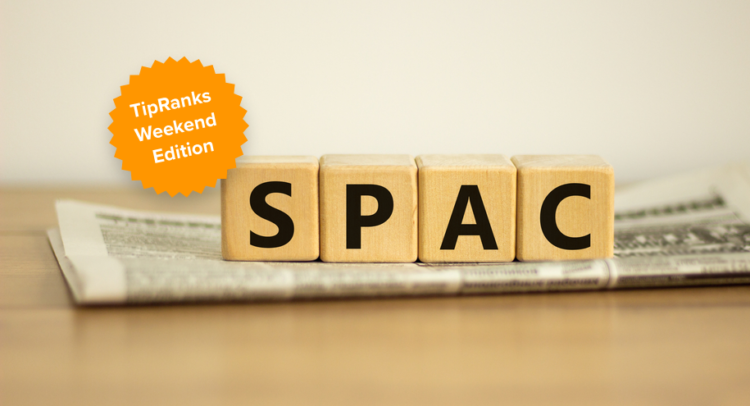In hindsight, the bursting of every bubble seems obvious. How could anybody with a modicum of common sense possibly pour their hard-earned money into Pets.com stock? After all, the company’s sales (or lack thereof) came nowhere near justifying Pets.com’s sky-high valuation at the peak of the dot-com bubble.
Yet, there are two market-relevant concepts to bear in mind when judging traders’ behavior during past bubbles. The first is that hindsight is always 20/20; the second is that when we’re in a bubble, we don’t actually see the bubble.
Such was the case last year when old-fashioned IPOs seemed passe and SPACs, or Special Purpose Acquisition Companies, were all the rage. As SPACs enabled shell companies to take startups public quicker and with less regulatory red tape, eager traders – many of whom were placing their first financial trades, on smartphone apps, without understanding the value of value – were now emboldened to speculate on newly public companies irrespective of their track records and balance sheets.
This, for better or worse, was among the defining trends of 2021: Newly minted SPAC stocks would blast off from their pre-merger-target-announcement price of $10 to significantly higher price points, sometimes making multi-bagger moves within a matter of days.
Whether these moves were sustainable was another matter entirely. It didn’t take long before unsophisticated traders learned a hard lesson on what might be called speculative gravity: Though SPAC stocks can certainly go up fast, they can come back down even faster.
SPAC-tacular Failures
If any stock could be considered the poster child of post-de-SPAC disaster, it would most likely be electric vehicle manufacturer Nikola (NASDAQ:NKLA). This company went public through a SPAC deal, and the stock immediately rocketed from $10 to $90. This occurred even as Nikola hadn’t actually delivered any vehicles (starting to hear echoes of Pets.com yet?).

By the end of 2021, Nikola ended up paying the Securities and Exchange Commission $125 million to settle allegations that the company had defrauded its investors. As of early September 2022, Nikola shares were valued at around $5 apiece – around half of their pre-merger-announcement price.
Other SPAC horror stories weren’t necessarily as sensational as Nikola’s but wreaked havoc on amateur investors’ portfolios nonetheless. Solid-state lithium-metal battery maker QuantumScape (NYSE:QS) seemingly offered the promise of quick gains through an indirect play on the electric-vehicle revolution; anyone who bought the shares near $115 probably regretted their haste as QuantumScape stock made a round trip back to $10 in short order.

Virgin Galactic (NYSE:SPCE) played on traders’ space-flight fantasies; too bad the stock was destined for a crash landing as it recently slid below $6 after briefly touching $55. Other victims of the SPAC-stock collapse include insure-tech upstart Hippo (NYSE:HIPO), whose stock crumbled to less than $1 not long ago, and AdTech company Taboola (NASDAQ:TBLA), which traded at around $2.50 per share as of early September.
Lessons Learned after Traders Got Burned
Each of those examples, like Pets.com of two decades prior, surely seemed high-potential and high-conviction upon their public debuts. Who wouldn’t want to hitch their wagon to the growth of vehicle electrification, private space travel, AdTech, or tech-enhanced insurance?
Every one of these stories had an exhilarating first chapter, rife with hope and promise. It’s not the start that matters, though; it’s the middle and the ending, which will be determined by the weighing machine of business fundamentals, not the voting machine of the current sentiment.
Indeed, the implosion of the SPAC bubble could have been predicted without the benefit of 20/20 hindsight simply by checking the companies’ financial track records and balance sheets. Learning to read and interpret Forms 10-K and 10-Q is a good start; the investment of time and effort is as yield-bearing as anything you’ll find in the equities market.
So, don’t try to thread a perilous needle by trying to pick the best SPAC stock among a multitude of likely failures. Just as importantly, take away this takeaway: The market’s hype machine never rests, is endlessly creative, and will always come up with new ways to dispossess retail investors of their capital.



















